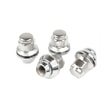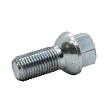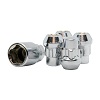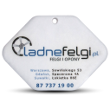Wheel camber - how to set the wheel camber angle?
Camber adjustment is a key element of suspension tuning, significantly impacting vehicle handling, tire wear, and overall driving safety. Understanding what camber is and how to properly adjust it will allow every car enthusiast to optimize their car's performance. In this article, we explain how to perform this adjustment yourself, the tools needed, and the benefits of properly adjusting camber.
What is camber angle and why is it important?
Camber angle, also known as camber, is a measure of how much a wheel tilts from the vertical when viewed from the front or rear of the vehicle. Correctly setting this angle is crucial for optimal traction and vehicle stability, and also affects even tire wear. Improper camber can lead to faster tread wear and an increased risk of loss of control, especially in challenging road conditions. Adjusting this angle also optimizes the vehicle's handling for its intended use—from everyday driving to racing.
Types of wheel camber - positive, negative and neutral
Camber can be set in three main ways: positive, negative, or neutral. Positive camber occurs when the top of the wheel is tilted more outward than the bottom. This setting is rarely used because it can lead to faster wear on the inside edge of the tire and is usually only seen in specific industrial applications. Negative camber is characteristic of most sports cars; the top of the wheel tilts inward, which increases traction during fast cornering, but can accelerate wear on the outside edge of the tires. Neutral camber means the wheels are perpendicular to the ground, which is recommended for most passenger cars, ensuring optimal tire wear and stability.

How to adjust wheel camber yourself?
Adjusting camber yourself is a process that requires precision and patience, but it can be done in your own garage with the right tools. The first step is to place the vehicle on a perfectly flat surface and ensure it is properly balanced. Next, measure the current camber angle using a camber gauge. If adjustment is required, loosen the wheel-to-suspension fasteners, such as the control arm bolts. Adjust the camber using wrenches or special adjustment tools, and re-measure the camber after each adjustment. It's important to make small adjustments and verify their results before permanently tightening the fasteners. After completing the adjustment, a wheel alignment is recommended to ensure proper vehicle handling.
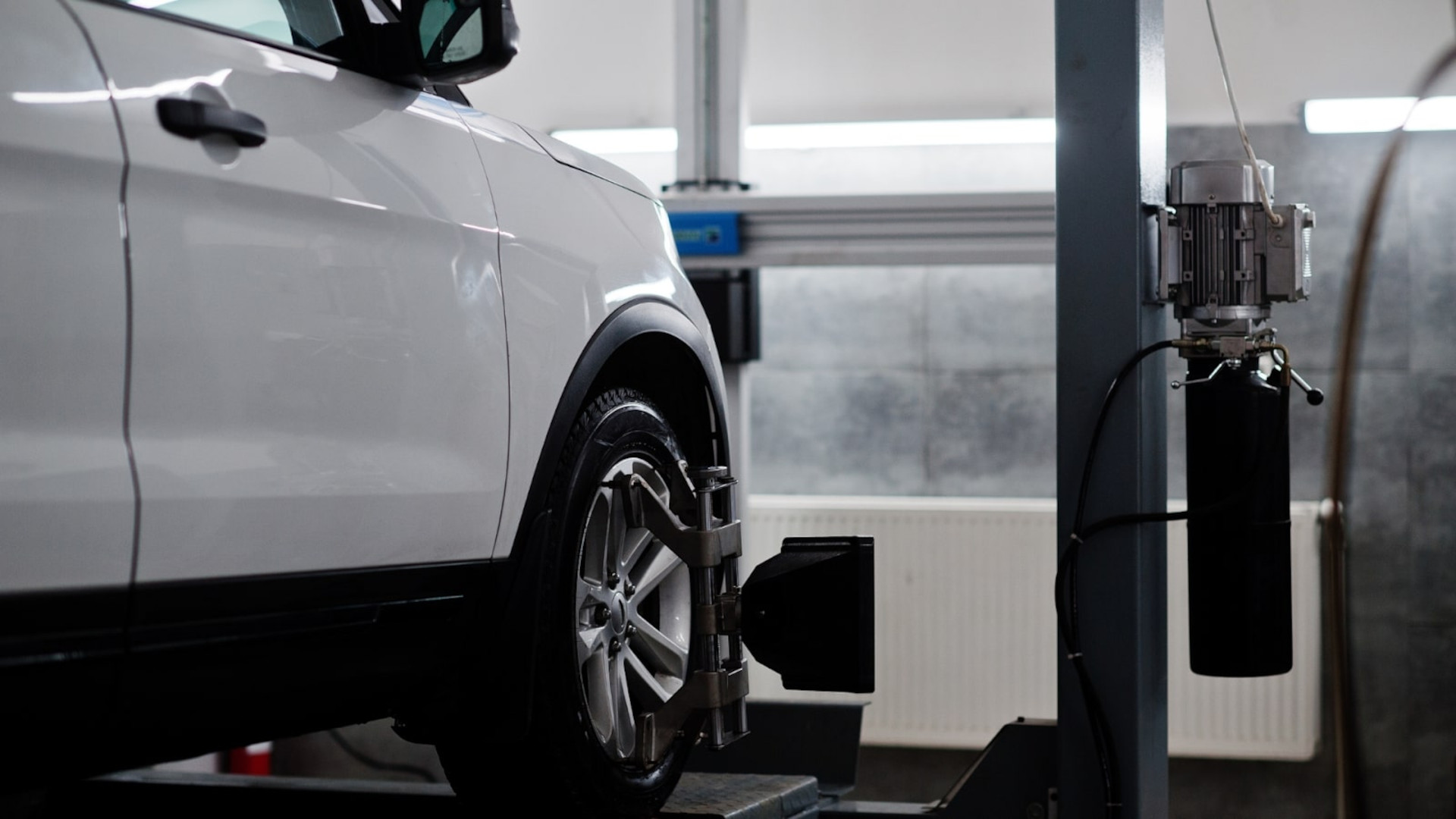
Tools and equipment needed to adjust the camber angle
Correct camber adjustment requires specialized tools that will help you accurately measure and adjust camber. A camber gauge, which can be digital or analog, is the basic tool. For more precise adjustments, a wheel alignment kit is also useful, allowing for complete control over suspension settings. Socket wrenches, box wrenches, and torque wrenches are essential for adjusting and tightening suspension components. In some cases, especially in sports cars, special adjustment bolt sets or adjustable control arms may also be required, allowing for more precise adjustments. It's also a good idea to have a spirit level or chocks to secure the vehicle during work, and jack stands to safely raise and support the car.
The effect of wheel camber on vehicle handling and tire wear
Correct camber adjustment is crucial for optimal vehicle control and tire efficiency. Negative camber, often found in sports cars, improves cornering traction by allowing the tires to distribute forces more evenly during high-speed cornering. Positive camber, on the other hand, can increase straight-line stability, which is beneficial for larger vehicles or trucks. However, both excessive positive and negative camber can lead to inefficient and uneven tire wear. Tires can wear unevenly—on the outside edge with negative camber and on the inside edge with positive camber—resulting in earlier tire replacement times and potentially poorer traction in some driving conditions.
Symptoms of an incorrect camber angle
Incorrect camber can manifest itself in various ways, easily noticeable during everyday vehicle operation. One of the most obvious symptoms is uneven tire wear, where one tire edge wears significantly faster than the opposite. Another sign may be a deterioration in the vehicle's handling, including a tendency to pull to one side, which is especially noticeable when driving straight ahead. Additionally, incorrect camber can reduce vehicle stability, which is especially noticeable at higher speeds and when cornering, where the vehicle may exhibit excessive sideways roll or loss of traction. Noticed any of these symptoms should prompt the driver to check and, if necessary, correct the camber settings to ensure safe and economical vehicle operation.

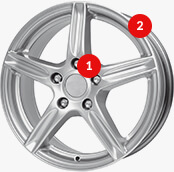

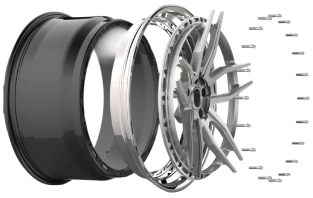
 Modern design
Modern design Perfect fit
Perfect fit High durability
High durability Free shipping within 24 hours
Free shipping within 24 hours
 Individual project
Individual project Dedicated caregiver
Dedicated caregiver
